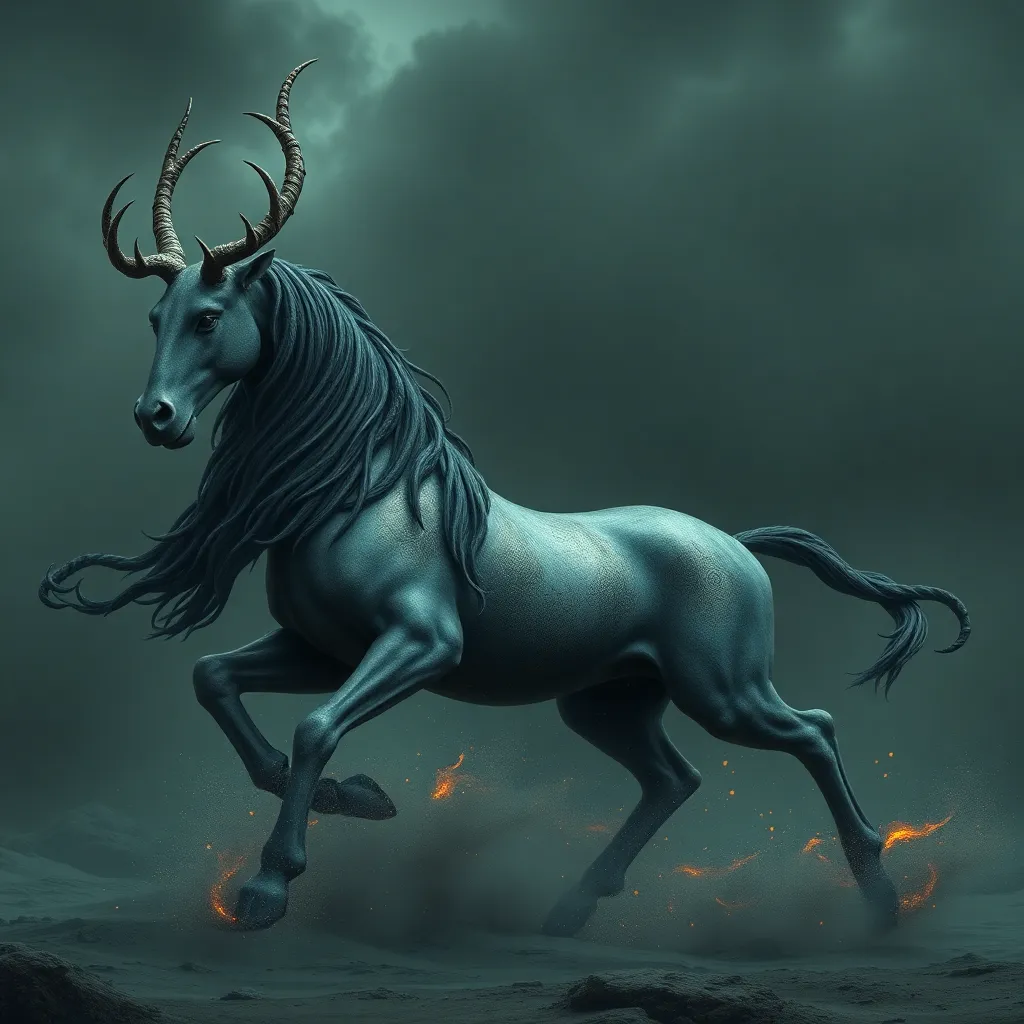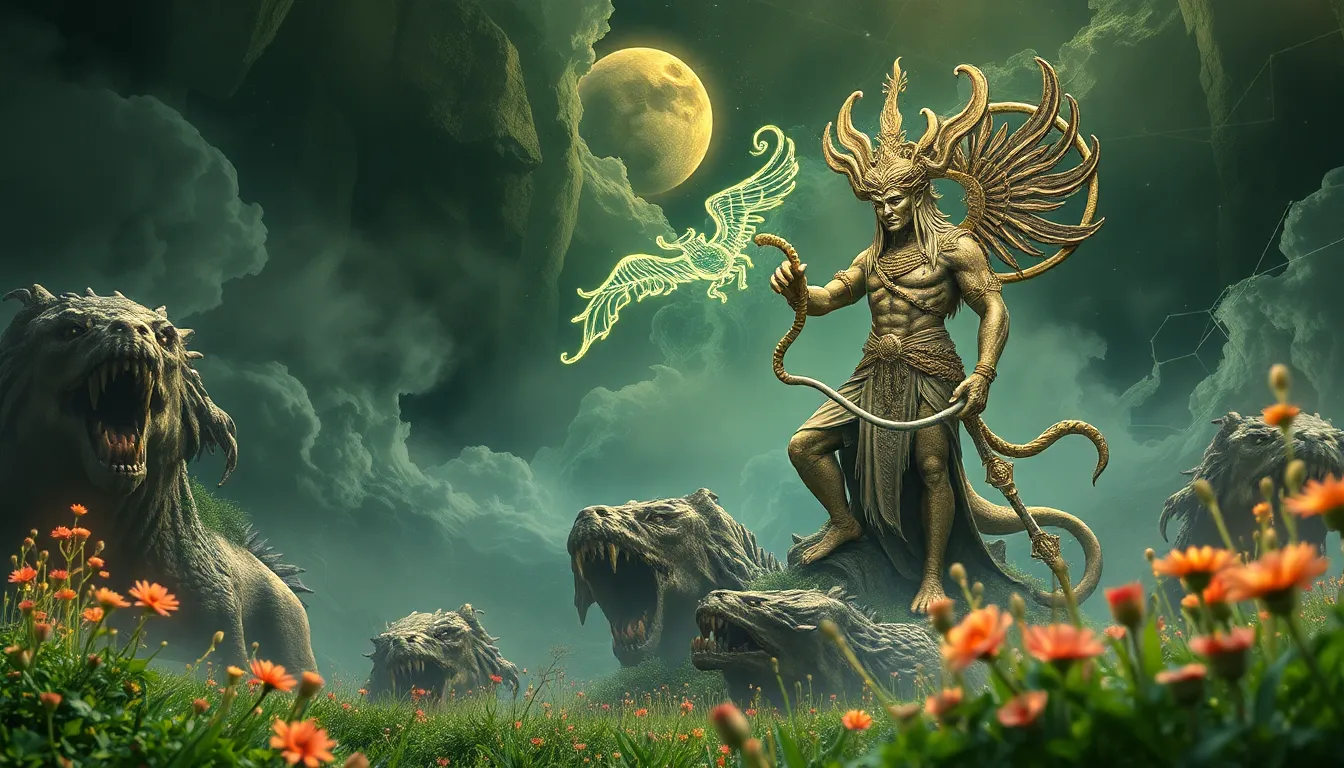Sleipnir Tales: The Babylonian Myths of the Gods and Goddesses of War and Love
I. Introduction
Babylonian mythology is a rich tapestry of stories and deities that reflect the complexities of human emotion and the natural world. At its core, it encompasses a vast array of narratives that often intertwine themes of war and love, showcasing how these two forces shape both the divine and mortal realms. The significance of these themes in ancient narratives cannot be overstated; they reveal the values, fears, and aspirations of a civilization that has long since passed but continues to influence modern thought.
This article aims to delve into the multifaceted relationships between love and war in Babylonian mythology, exploring key deities and their tales while examining the cultural implications of these narratives.
II. The Pantheon of Babylonian Deities
The Babylonian pantheon consists of a diverse array of gods and goddesses, each with unique attributes and responsibilities. Some of the most significant figures include:
- Nergal – God of war and the underworld
- Inanna – Goddess of love, war, and fertility
- Marduk – The chief deity associated with creation and order
The duality of war and love is prevalent in many of these divine roles. For instance, while Nergal embodies the ferocity of battle, he also possesses a complexity that allows him to interact with themes of love and desire. Similarly, Inanna’s narratives often highlight her boldness in both romantic pursuits and martial endeavors.
This interplay of divine functions illustrates the profound influence of mythology on Babylonian culture and society, shaping their understanding of human experiences and the cosmos.
III. The God of War: Nergal
Nergal, the formidable god of war, is characterized by his fierce nature and association with death and destruction. His attributes often include:
- Warrior strength
- Symbolism of fire and heat
- Connection to the underworld
Myths surrounding Nergal often depict him as a conqueror, engaging in epic battles against both divine and monstrous foes. One notable tale involves his conquest of the city of Kutha, where he overcomes the goddess Ereshkigal to claim dominion over the underworld.
Nergal’s relationships with other deities showcase the complexities of his character. He is not only a figure of terror but also a god who interacts with love and desire, as seen in his connection with Inanna, which adds layers to his persona.
IV. The Goddess of Love: Inanna
Inanna is one of the most celebrated deities in Babylonian mythology, known for her beauty, strength, and independence. She embodies numerous domains, including:
- Love
- War
- Fertility
Major myths that highlight Inanna’s romantic pursuits include her descent into the underworld, where she seeks to gain power but faces dire consequences. Her relationships with mortal and divine lovers, such as Dumuzi, illustrate her capacity for both affection and ruthless ambition.
The blending of love and war in Inanna’s stories is particularly significant, as it reflects the idea that love can inspire both passion and conflict. This duality makes her a complex figure, embodying the intertwining of two powerful forces in human experience.
V. The Interplay of Love and War in Mythology
Thematic connections between love and war are prevalent throughout Babylonian mythology. Many stories illustrate how these forces influence each other, creating narratives that resonate with the human condition.
Case studies of myths that illustrate this interplay include:
- The love story of Inanna and Dumuzi, which is deeply rooted in themes of desire and conflict.
- Nergal’s conquest of Ereshkigal, where war and desire clash in the underworld.
The cultural significance of these intertwined narratives is profound, as they reflect the realities of life in ancient Babylon, where love and war were often inseparable aspects of existence.
VI. Lesser-Known Deities of War and Love
Beyond the prominent figures of Nergal and Inanna, Babylonian mythology includes several lesser-known deities who embody aspects of war and love. These include:
- Ishtar – Often conflated with Inanna, she represents love and war.
- Adad – God of storms and war, associated with fertility.
- Geshtinanna – Goddess of agriculture and fertility, connected to themes of love.
These deities play essential roles in mythology and reflect societal values. For example, their narratives often highlight the importance of fertility and warfare in sustaining the community, showcasing a balance between nurturing and conflict.
VII. The Legacy of Babylonian Myths
The influence of Babylonian myths extends far beyond their time, impacting modern storytelling and literature. These ancient narratives continue to resonate, providing foundational themes of love, conflict, and the human experience.
When compared to other mythologies, such as Greek and Norse, Babylonian myths offer unique insights into the duality of human nature. The stories of gods and goddesses reveal a worldview that recognizes the complexities of life, where love and war coexist and shape destinies.
Preservation of these tales in contemporary culture can be seen in various forms, from literature to film, where the archetypes of love and war continue to thrive.
VIII. Conclusion
In summary, the exploration of Babylonian myths reveals key themes of love and war that are intricately woven into the fabric of their narratives. These tales not only highlight the attributes and relationships of deities like Nergal and Inanna but also reflect the cultural values of an ancient civilization.
The enduring relevance of Babylonian myths today invites readers and scholars alike to further explore these ancient narratives, enriching our understanding of the human experience and the complexities of love and conflict.



